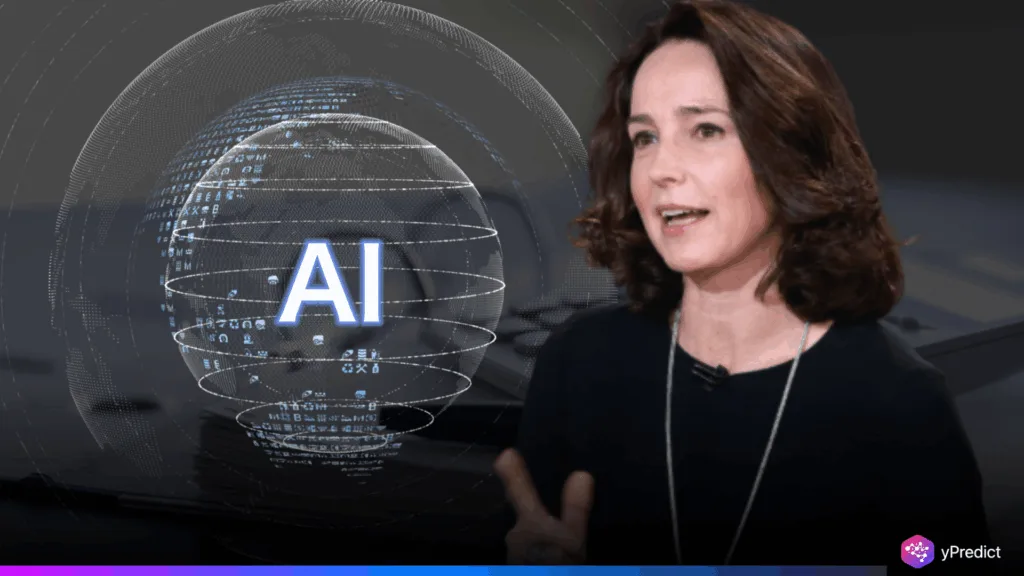
Sarah Friar, CFO at OpenAI, says artificial intelligence is still in its early stages. However, she sees a long road ahead in what she refers to as the AI infrastructure boom. She also cautions that demand continues to exceed supply, indicating a persistent shortage of computing power.
OpenAI began its Stargate project to address this, collaborating with industry titans such as Microsoft, SoftBank, and Oracle. For AI to continue growing, the underlying infrastructure must be rapidly ramped up.
Why is The Compute Shortage Slowing AI Growth?
OpenAI seems to be struggling to keep up with the constant demand. Sarah Friar emphasized that even with growing revenues and worldwide ChatGPT usage, the company is “constantly undercompute.” Thus, this suggests that AI is incredibly underfunded.
The capacity of GPUs and data centers is strained during model training and inference due to the volume of usage. Furthermore, workloads exceed the capacity of existing infrastructure, emphasizing the compute shortage and frustrating both developers and CIOs.
The AI Infrastructure Boom Powers Stargate Expansion
OpenAI announced Stargate, a huge joint venture with SoftBank, Oracle, and MGX, to overcome the bottleneck. This project will invest up to $500 billion in data centers in Texas and other states. The infrastructure build aims to add millions of GPUs, energy systems, and facilities to power future AI workloads. Additionally, Friar echoes a larger view that AI infrastructure is a long-term endeavor, similar to power grids and railroads.
How the AI Infrastructure Boom Will Transform Scale
OpenAI is rapidly growing its infrastructure push. It may invest $320 billion and install millions of Nvidia chips at its Stargate facility in Abilene, Texas, between 2025 and 2030. Therefore, this development demonstrates a serious commitment to addressing the compute shortage directly.
Real scale may require unconventional funding in the future. Friar noted infrastructure spending is getting started, with support from banks, private equity firm Mitrade, and big tech companies. Future stages of the AI infrastructure boom may also change the way AI models are developed and distributed.
Will the AI Infrastructure Boom Deliver on Its Promise?
Friar makes it clear that we are not yet at the pinnacle of AI excitement; this is only the beginning. The AI infrastructure boom is still in its early stages, and unless Stargate is successful, the compute shortage will continue.
Additionally, the infrastructure is necessary but not particularly attractive. AI development may stall in the absence of large compute capacity and smart funding. Since OpenAI is aware that the real work is done in the background, enabling tomorrow’s innovations, its approach ultimately demonstrates maturity.






